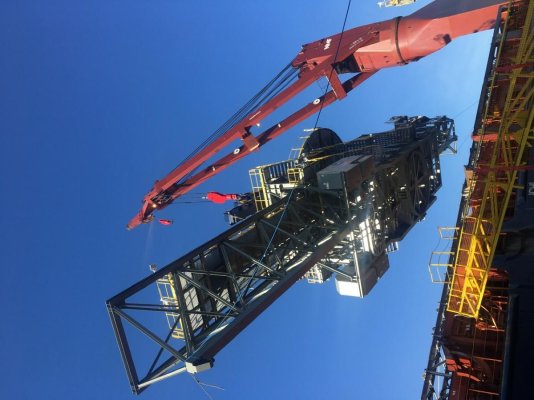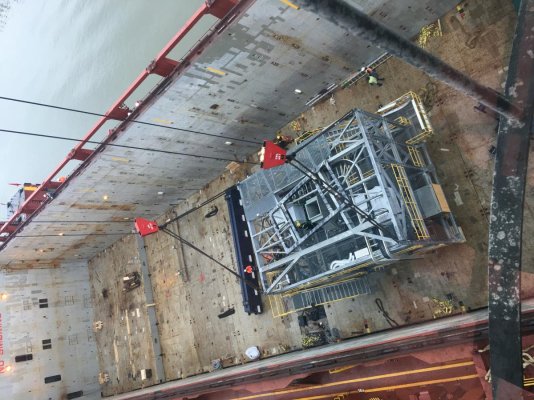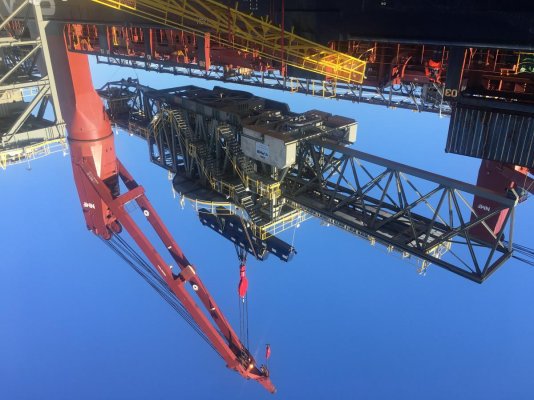This morning's count of ships in the Port of Vancouver, including Roberts Bank and Fraser/Surrey, both at dock and in anchorages, plus those waiting in anchorages in the Gulf Islands: 74 bulk cargo, 1 car carrier, 4 tankers.
The majority are empty, waiting in anchorages: 18 in English bay, 30 in the Gulf islands, 3 in Vancouver harbour.
Over the years, the number has grown, but this year it has shot upwards. Maybe due to Covid slowing the loading process? As most of the loading of bulk carriers is not labour intensive, it may have nothing to do with Covid, at least at this end. At the sources of the bulk commodities perhaps? These ships carry coal, sulphur, wheat, potash, oil, logs and likely other products.
Until about 5 years ago, it was a rare sight to see a Vancouver bound bulk carrier anchored in the Gulf Islands. Now, the available anchorages are mostly full. In fact there are a pair anchored off of Departure Bay, north of Nanaimo this morning, the first I have noticed there, though others may have seen them there in the past.
The majority are empty, waiting in anchorages: 18 in English bay, 30 in the Gulf islands, 3 in Vancouver harbour.
Over the years, the number has grown, but this year it has shot upwards. Maybe due to Covid slowing the loading process? As most of the loading of bulk carriers is not labour intensive, it may have nothing to do with Covid, at least at this end. At the sources of the bulk commodities perhaps? These ships carry coal, sulphur, wheat, potash, oil, logs and likely other products.
Until about 5 years ago, it was a rare sight to see a Vancouver bound bulk carrier anchored in the Gulf Islands. Now, the available anchorages are mostly full. In fact there are a pair anchored off of Departure Bay, north of Nanaimo this morning, the first I have noticed there, though others may have seen them there in the past.




